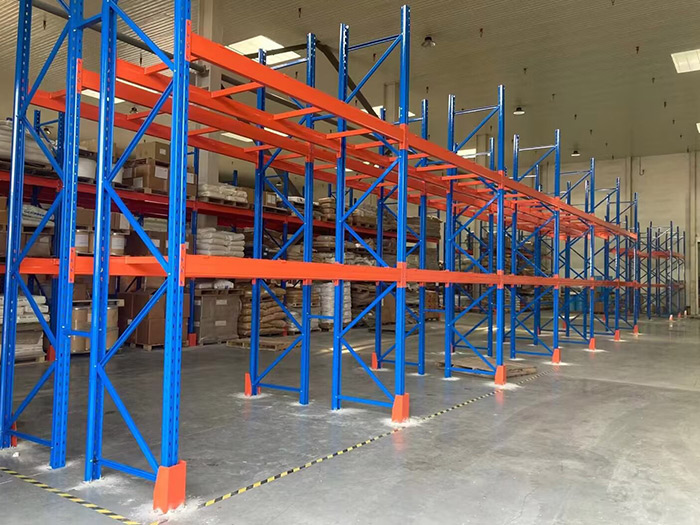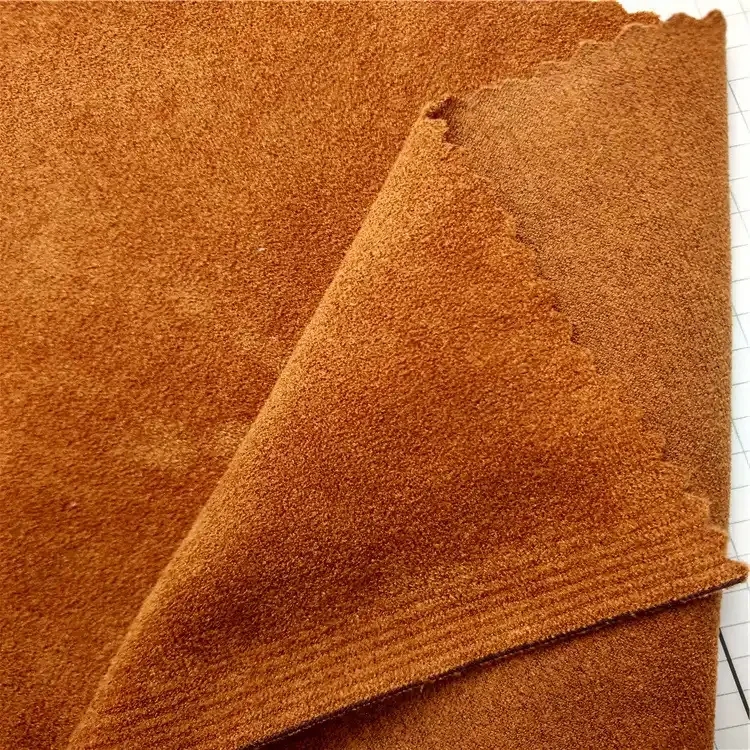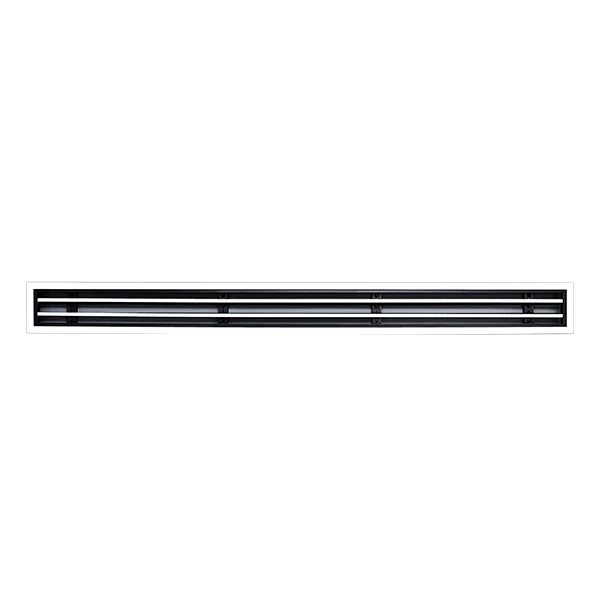In the world of athletic wear, Dri-Fit clothing has gained immense popularity due to its promise of moisture-wicking properties and enhanced comfort during physical activities. Developed by Nike, Dri-Fit technology is designed to keep athletes dry by pulling sweat away from the skin and allowing it to evaporate quickly. While this innovative fabric has its advantages, it is essential to consider the potential disadvantages that may affect your performance and overall experience. In this article, we will explore the hidden drawbacks of Dri-Fit clothing, providing a comprehensive understanding for consumers seeking the best options for their athletic needs.
- Breathability Issues
One of the primary selling points of Dri-Fit clothing is its moisture-wicking capability. However, this feature can sometimes come at the cost of breathability. The synthetic fibers used in Dri-Fit fabrics can trap heat, leading to discomfort during prolonged wear, especially in hot and humid conditions. Unlike natural fibers such as cotton or merino wool, which allow for better airflow, Dri-Fit materials may create a stifling environment, causing overheating and excessive sweating.
- Odor Retention
Another significant drawback of Dri-Fit clothing is its tendency to retain odors. While the moisture-wicking properties help in managing sweat, they do not necessarily eliminate the bacteria that cause unpleasant smells. Over time, even with regular washing, Dri-Fit garments can develop a lingering odor that is difficult to remove. This issue can be particularly frustrating for athletes who engage in intense workouts or wear their gear for extended periods.
- Environmental Concerns
The production of Dri-Fit clothing involves synthetic materials, primarily polyester, which raises environmental concerns. The manufacturing process of polyester is energy-intensive and contributes to pollution. Additionally, synthetic fabrics do not biodegrade easily, leading to increased waste in landfills. For environmentally conscious consumers, the ecological impact of Dri-Fit clothing may outweigh its performance benefits.
- Skin Sensitivity and Allergies
While many athletes appreciate the performance features of Dri-Fit clothing, some individuals may experience skin sensitivity or allergic reactions to synthetic fabrics. The chemicals used in the production of these materials can irritate the skin, leading to rashes or discomfort during workouts. For those with sensitive skin or allergies, it is crucial to test the fabric before committing to a purchase.
- Cost Considerations
Dri-Fit clothing often comes with a higher price tag compared to traditional athletic wear. While the technology and brand reputation may justify the cost for some, budget-conscious consumers may find it challenging to invest in multiple pieces of Dri-Fit apparel. Additionally, the need for frequent replacements due to wear and tear can further strain finances, especially for those who engage in regular physical activity.
- Limited Style Options
While Dri-Fit clothing is designed primarily for performance, it may lack the variety of styles and designs found in other types of athletic wear. Many consumers seek clothing that not only performs well but also looks good for casual wear. The focus on functionality can result in a more limited selection of colors and styles, which may not appeal to everyone.
- Dependence on Technology
Finally, the reliance on technology in Dri-Fit clothing can lead to a false sense of security regarding performance. Athletes may assume that wearing high-tech fabrics will automatically enhance their performance, potentially neglecting other essential factors such as proper training, nutrition, and recovery. This over-reliance on apparel can detract from the holistic approach needed for optimal athletic performance.
Conclusion
While Dri-Fit clothing offers several advantages for athletes, it is crucial to be aware of its potential disadvantages. From breathability issues and odor retention to environmental concerns and skin sensitivity, consumers should carefully consider their individual needs and preferences before investing in Dri-Fit apparel. By weighing the pros and cons, athletes can make informed decisions that align with their performance goals and personal values. Ultimately, the best athletic wear is one that combines functionality, comfort, and style, allowing individuals to perform at their best while feeling confident and comfortable.




